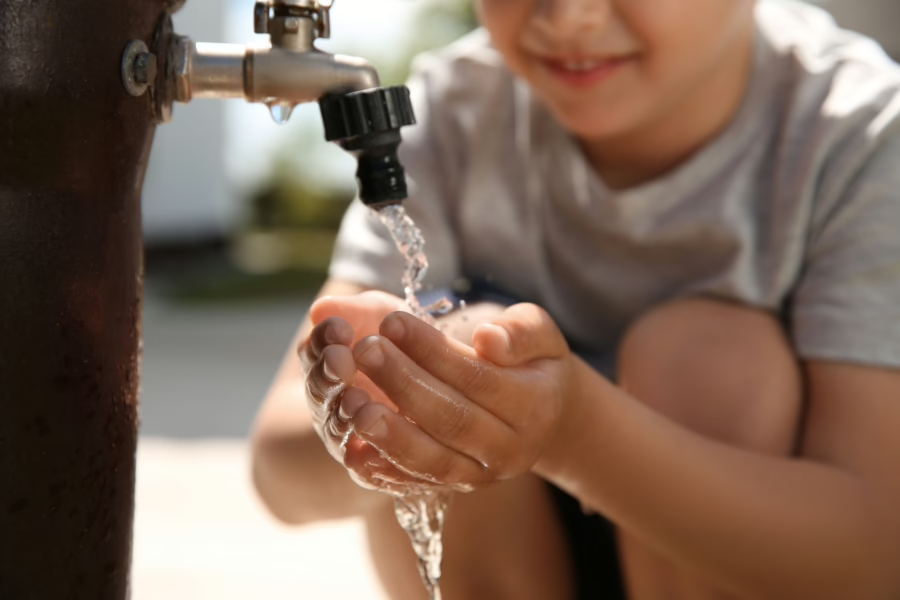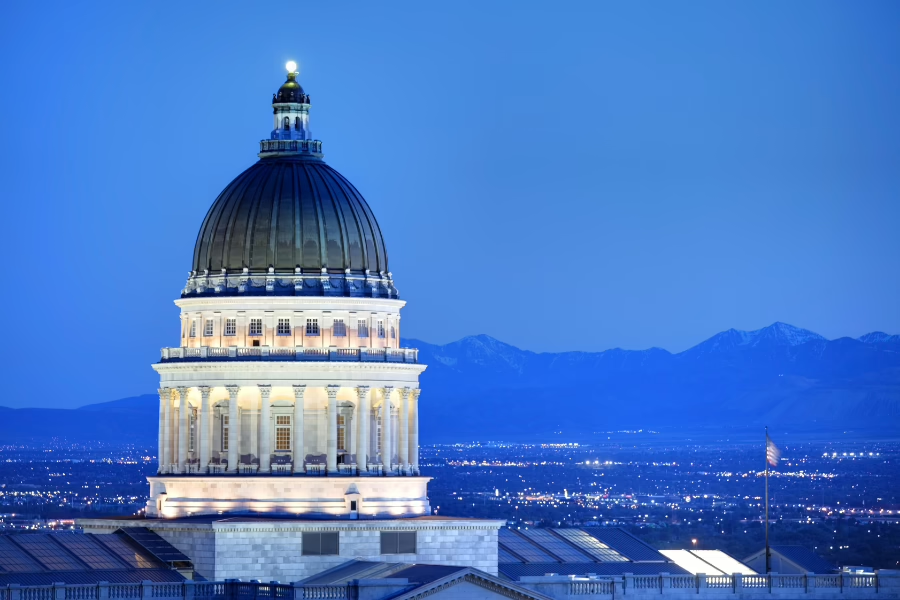With the fate of the $1.75 trillion Build Back Better stalled without the support of Senators Joe Manchin (D-WC) and Kyrsten Sinema (D-AZ), some Senate Democrats have been mulling the idea of breaking the Build Back Better into a series of smaller bills. President Biden also acknowledged that passing pieces of the bill might provide a path forward, especially given Senator Manchin’s support of the $555 billion climate provision. However, it may be that the Senate won’t have multiple opportunities to use the budget reconciliation process, which enables Democrats to pass legislation with a simple majority. Also at play is whether or not another scaled-back package, or packages, would receive support from progressives, so it is not yet clear how Congress will proceed.
This month also saw the release of final guidance from the Treasury Department about infrastructure funding in the American Rescue Plan Act (ARPA). The March 2021 ARPA appropriated $350 billion to the Treasury Department for the State and Local Fiscal Recovery Fund (SLFRF), which sent money to state and local governments to respond to and recover from COVID-19. In May 2021, Treasury released the funds and published its Interim Final Rule, which outlined five broad categories of eligible uses:
- Public health expenditures
- Economic recovery to hard-hit industries
- Public sector revenue replacement
- Essential worker pay
- Infrastructure investments
On January 6, 2022, Treasury released its Final Rule for the SLFRF program, providing states with increased flexibility regarding what funds can be spent on. Of particular note is the expanded eligibility for additional water and sewer infrastructure investments. While many public works projects were already considered eligible uses of this funding, the new rule spells out specific types of projects that will be eligible under the final rule. This includes essentially any project that would be eligible for CWSRF or DWSRF funding, as well as additional projects related to lead remediation and stormwater management.
This is significant because according to a Center for Budget and Policy Priorities Report, as of November 2021, states had only spent roughly 53% of the total funding they will receive from the Treasury Department via this fund—meaning that nearly half of state funds remain up for grabs. Interestingly, the CBPP data indicates more than $5.4 billion has been allotted to water and sewer infrastructure investment by 22 states/territories so far. To find out how much money your state has left, open the report and scroll down to the interactive map outlining state-by-state appropriations thus far. Additionally, The Council of State Governments has a good database of ARPA fund usage, broken down either by state or by funding category.
Looking ahead, February 18 is the latest deadline for Congress to pass an FY22 spending bill. Recent meetings between the heads of the House and Senate Appropriations Committees have resulted in cautious optimism that they could reach an agreement on the bill by the deadline. The alternative is yet another Continuing Resolution (CR) to avoid the political and logistical nightmare of a government shutdown. And while Congress is hopefully finishing FY22 spending, President Biden will be releasing his FY23 budget request, which will show the Administration’s priorities for the upcoming year. This is expected to happen sometime in late February or early March. The Alliance will be following both processes closely.


